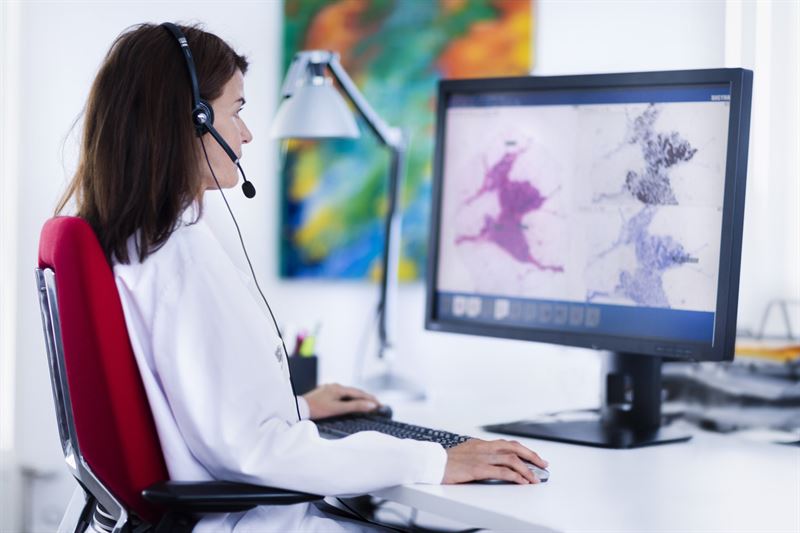In today’s healthcare world, remote patient support has emerged as a vital innovation that bridges the gap between patients and clinicians. Telehealth systems provide medical consultations and help without requiring physical presence, making healthcare more accessible and convenient. Here we look at how remote patient support works, its benefits, and the common procedures required.
The Mechanics of Remote Patient Assistance
Remote patient help makes use of telehealth technologies, which allow patients and healthcare practitioners to confer virtually. Here’s a step-by-step explanation of the normal procedure:
- Patient Login: Patients start by logging onto the telehealth portal with their credentials. This secure login protects personal health information.
- Requesting a consultation: Patients can seek a remote consultation by choosing an available healthcare professional and making an appointment. The system verifies the appointment and notifies both the patient and the physician.
- Conducting the consultation: At the appointed time, the patient and healthcare professional connect via a secure video conversation on the telehealth platform. The healthcare professional evaluates the patient’s medical history and present symptoms, conducts the consultation, and offers medical advice, diagnosis, or therapy suggestions.
- Documentation and Follow-up: Following the consultation, the healthcare professional notes the encounter and updates the patient’s medical records. The patient is given a summary of the consultation, which includes any prescriptions or follow-up instructions.
Handling many scenarios.
Remote patient support is intended to be adaptable and responsive to a variety of settings.
- Emergency Situations
In an emergency, patients can specify the urgency of their consultation request. The telehealth system prioritises these requests and sends them to the nearest available healthcare professional for prompt attention.
2. Technical issues
Telehealth systems are designed to tackle technological concerns. If a video call connection breaks, the system will attempt to reconnect automatically. If the problem persists, the healthcare professional may call the patient by phone or postpone the session.
3. Rescheduling Appointments
Patients may simply cancel or reschedule appointments using the telemedicine platform. The system alerts the healthcare provider of the changes to ensure proper coordination and communication.
Benefits of Remote Patient Assistance
The deployment of remote patient support has various benefits:
Increased accessibility: Patients in rural or underdeveloped locations can receive medical care without travelling. This is especially advantageous for people who have mobility challenges or live far away from healthcare services.
Convenience and Time Saving: Remote consultations save time for both patients and medical professionals. Patients may get medical advice from the comfort of their own homes, and providers can manage their schedules more effectively.
Enhanced Patient Engagement: Telehealth solutions provide continuous patient monitoring and follow-up, resulting in increased patient participation and adherence to treatment recommendations.
Cost-Effective Care: Remote consultations can help to minimise healthcare expenditures by eliminating the need for in-person visits and their related expenses, such as transportation and time off work.
Ensure security and compliance: Telehealth systems must adhere to healthcare legislation and standards, such as HIPAA in the United States (DISHA in India), to safeguard patient data and privacy. Strong security measures, like as encryption and secure login methods, are required to ensure the confidentiality and integrity of patient data.
Conclusion
Remote patient support is altering the healthcare business by making medical treatment more accessible, convenient, and affordable. Healthcare practitioners may give high-quality treatment to patients regardless of their location by utilizing telehealth systems, hence boosting health outcomes and patient satisfaction. As technology advances, remote patient help will become increasingly important in the future of healthcare.
Contact us at Open-innovator@quotients.com to schedule a consultation and explore the transformative potential of this innovative technology.






